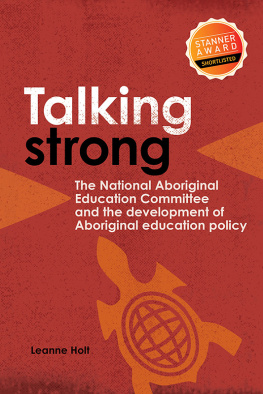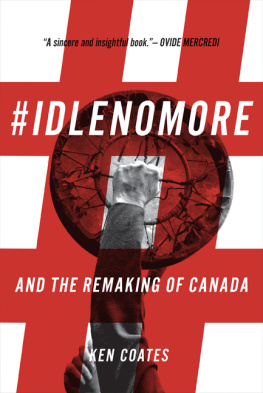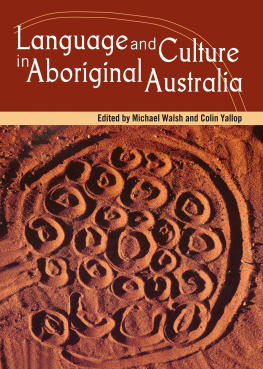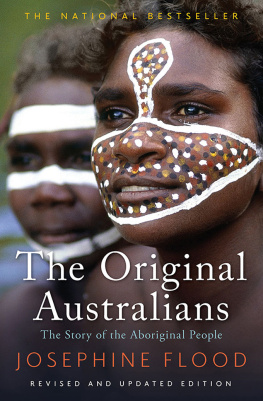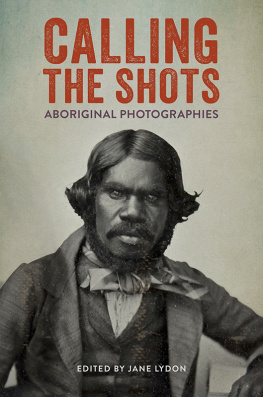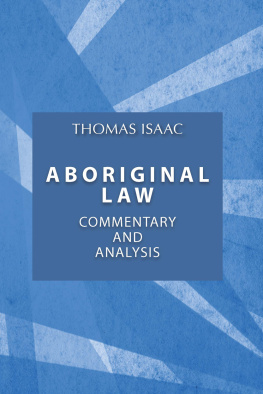
FIRST VOICES
an aboriginal women's reader
FIRST VOICES
an aboriginal women's reader
EDITED BY
PATRICIA A. MONTURE AND PATRICIA D. MCGUIRE

INANNA Publications and Education Inc.
Toronto, Canada
Copyright 2009 Inanna Publications and Education Inc.
Individual copyright to their work is retained by the authors. All rights reserved. No part of this book may be reproduced or transmitted in any form or by any means, electronically or mechanically, including photocopying, recording, or any information or storage retrieval system, without prior permission in writing from the publisher.
Published in Canada by Inanna Publications and Education Inc.
210 Founders College, York University
4700 Keele Street, Toronto, Ontario M3J 1P3
Telephone: (416) 736-5356 Fax (416) 736-5765
Email:
The publisher gratefully acknowledges the support of the Canada Council for the Arts and the Ontario Arts Council for its publishing program.
The publisher is also grateful for the kind support received
from an Anonymous Fund at The Calgary Foundation.
Front Cover Design: Val Fullard
Front Cover Artwork: Christi Belcourt, Tree Spirits Leaving Before the Fire,
acrylic on canvas, 61 x 91.5 cm, 2007 < www.christibelcourt.com>
Interior Design: Luciana Ricciutelli
eBook Development: < www.WildElement.ca.>
Printed and Bound in Canada.
Library and Archives Canada Cataloguing in Publication
First voices : an Aboriginal womens reader / edited by
Patricia A. Monture and Patricia D. McGuire.
Includes bibliographical references and index.
ISBN 978-0-9808822-9-2
1. Native women--Canada--History. 2. Native women--
Canada--Social conditions. 3. Native women--Canada--
Biography. 4. Native women--Legal status, laws, etc.--Canada.
I. Monture, Patricia A. (Patricia Anne) II. McGuire, Patricia D.
(Patricia Danielle), 1960-
E78.C2F58 2009 305.48897071 C2009-904941-4
For our past and the women who helped us be who we are today.
For our present and the sisters we stand strong with.
For our future, our children.
For Kate Monture, 1993-2009.
I am only what I make myself
I can only think for myself
I am me.
Mohawk is what makes me
Strong, independent,
Woman.
It flows through my blood
To my heart.
Kate Monture , 2009

CONTENTS
Guide
ACKNOWLEDGEMENTS
T HIS IS A PROJECT WE TOOK ON because we believe in the need to share the stories that Aboriginal women hold with a wider audience. We believe in teaching, learning, and sharing. Our families, traditional teachers, and Elders have taken the time to ensure that we understand the importance of traditional values such as sharing our experiences and the value of stories. Of courses, the mistakes made are ours and we are committed to continuing to learn and grow. We also want to acknowledge and thank each of the authors who permitted us to republish their work in this volume. Their gifts and creativity make this reader an accomplishment. We are happy to have played a small part in sharing their wisdom and knowledge.
Between the two of us, there would be a very long list of names to thank that could well go on for pages. We have been surrounded by kindness, support, and encouragement over the course of bringing this project to completion but also over the years. The list is too long but we know that you know who you are. So a big miigweetch and a big nia:wen to you all.
This reader came to be because of the vision, dedication, and hard work of Luciana Ricciutelli. Her skills as editor (and task master!) continue to amaze us. We want to acknowledge the comfort we take knowing that this Canadian sister truly understands and fights alongside us laying our words on these pages. Creating an index is not easy task (and its not a lot of fun). We thank Sheila Molloy for her hard work to make this addition to our text and her willingness to volunteer for the job. We are also grateful to the Board of Inanna Publications for making our contribution to the knowledge people have about Aboriginal women possible. Their dedication to womens publishing allows these kinds of contributions to knowledge to occur. Miigweetch and nia:wen to you all.
Lastly, we each want to thank our children. The Monture clan are Justin, Michael Blake, Kate, and Jack. The Mcguires are Cora Lee, Tony, and grandchildren, Andrew, Tyra, Victoria, Jordan, Audi, and Winner. They have made many sacrifices when our work took us away from them or we burned the midnight oil working on this project or that. More importantly, we have learned so much from them as they have shared their wisdom with us. It is for you and your children and their children that we have time and again found the energy to keep going.
Patricia A. Monture and Patricia D. McGuire
PATRICIA A. MONTURE AND PATRICIA D. MCGUIRE
INTRODUCTION
T HE STORIES OF ABORIGINAL WOMEN have been told since long before this land became a country known as Canada. For many of those decades since the land became known as Canada, the stories of Aboriginal women were ignored. Historians wrote about men as though women idly waited for the men to return with the meat and the treaty (Fog 76). But Aboriginal women have not forgotten the stories. In writing about stories LeAnne Howe (Choctaw) notes: Native stories are power. They create people. They author tribes. America is a tribal creation story, a tribalography (29). Our stories are woven into the land and shape the way we raise our daughters. In recent decades, the number of Aboriginal women who have chosen to share our stories in writing has grown considerably. As we reviewed the published papers in Canadian Woman Studies/les cahiers de la femme (CWS/cf) written by or about Aboriginal women, we were impressed by the talent of our many sisters. Their creativity carries us as women and carries our nations.
The papers in this book have all been peer-reviewed and previously published in an issue of CWS/cf. They date back to the 1980s; long before it was vogue to publish the writings of Aboriginal women. Almost none of the articles have been updated. Readers can trace over a period of nearly 30 years the developments in our work and the way the issues have changed (or sometimes, not changed very much). Not all of the authors are Aboriginal. The non-Aboriginal authors show us that both cross-cultural understanding and solidarity is possibility. The nation of each Aboriginal author is noted in most of the biographies. This information can be used to keep the teachings that are shared in this book straight. By comparing the stories of the Haudenosaunee women or the Anishnaabe women, you can learn more about each of those nations beliefs, teachings, traditions, and knowledge systems. Even though you will find similarities among the diverse Indigenous nations, it is important to acknowledge that we do come from specific nations and each of our complex national structures have unique traditions, ways of being, and ways of knowing. To really know us is to keep the knowledge of the Anishnaabe together, separate from the knowledge of the Cree or the Inuit.
Next page


